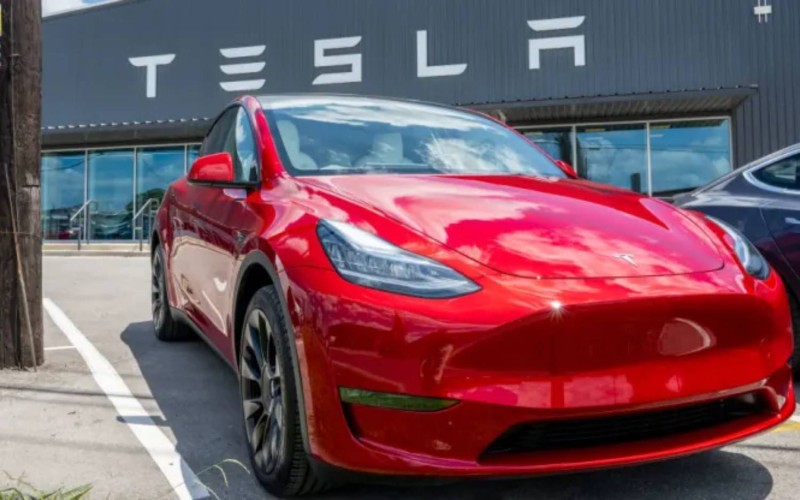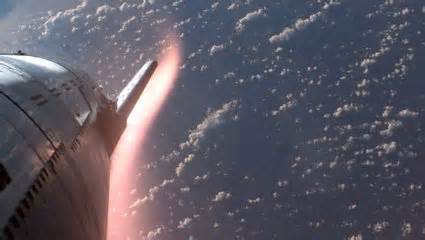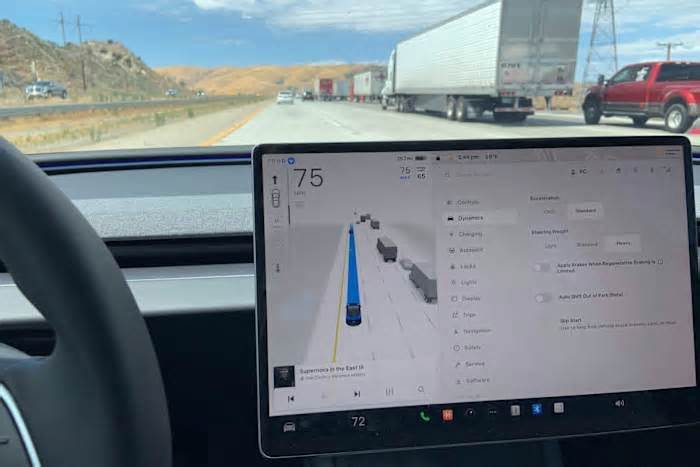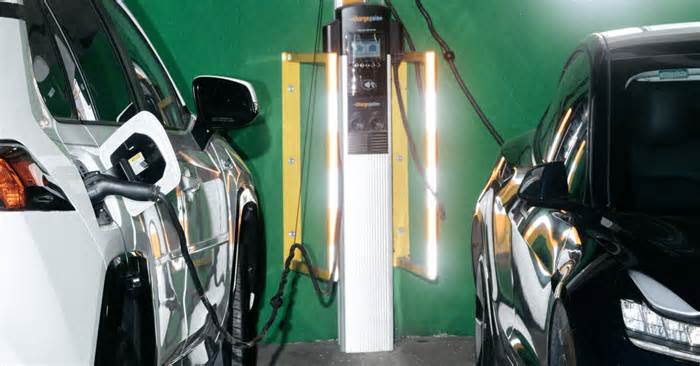
Tesla Shares Realistic FSD Roadmap for the First Time, There's No Autonomous Driving on It
- by autoevolution
- Sep 06, 2024
- 0 Comments
- 0 Likes Flag 0 Of 5

6 Sep 2024, 21:18 UTC
• By: Photo: Tesla
Elon Musk has always been bullish about the prospects of Tesla reaching autonomous driving. The same extended to Tesla's Full Self-Driving capabilities, with promises that never materialized or didn't materialize in a reasonable interval from the target Musk set. The Tesla AI team has shared a realistic FSD roadmap for the first time, and robotaxi and full autonomy are not on it.
Musk has been announcing robotaxi-level
FSD
that is 10 times safer than human driving for many years. The first time (that we know of) was in September 2014, two years before the now-removed Master Plan Part Deux outlined Tesla's autonomy plans. Back then, Musk said that fully self-driving cars would be out in 5-6 years. He was even more optimistic one year later, announcing vehicle autonomy in about two years.
The "two-year" timeline has become a meme since then, as Musk has promised autonomous driving several times a year. In January and June 2016, Musk said FSD would be ready in less than two years. In October of that year, he was confident that a cross-country autonomous drive could happen "by the end of next year," meaning the end of 2017.
From "two years" to "end of the year"
During the Q1 2017 earnings call, Musk said that all "sensor hardware and compute power required for at least Level 4 autonomy has been in every Tesla produced since October 2016." In May, he doubled down on this claim, adding that any Tesla car with HW2 will be able to do this. Ironically, no HW2 Tesla could run FSD, and even HW2.5 vehicles needed an upgrade to HW3 to run FSD software.
"By the end of next year" was the new term for when Tesla FSD will become 100% or 200% safer than a human. In November 2018, Musk also said that Tesla EVs would be able to "self-deliver to customer doors in about a year." "By the end of the year" was again used in January and February 2019 for the launch of "complete full self-driving." In 2019, Musk promised several times that FSD would be ready by the end of the year.
In April 2020, the software was still "looking good" for a robotaxi deployment that year, with a network fleet planned in 2021. In December 2020, Musk was "extremely confident" about achieving full autonomy in 2021, a goal he reiterated in January 2021. In March 2021, Musk announced going to pure vision for the FSD with FSD V9. From now on, Musk used the "blow your mind" expression to hype almost every FSD version. During Tesla's Q4 2021 earnings call, Musk said he would be shocked if Tesla doesn't achieve FSD safer than a human in 2022.
The "blow your mind" era
Tesla fans tend to say that Elon Musk is a hopeless optimist, which is why he announces breakthroughs long before they happen. On the contrary, others consider him a fraud who hypes the FSD capabilities to prop up Tesla stock. It's unclear what makes Musk make wild predictions that don't materialize. Is it because he doesn't care what his team can realistically achieve, or because this way, he motivates his employees to give their best? No one knows, but it has landed Tesla in hot water with regulators more than once.
There's also a distinct possibility that Musk genuinely believes things are really happening, even if they aren't. We saw this very clearly earlier this year when Musk was again "blown away" by the FSD V12 performance. More than ever, Musk is now convinced that full autonomy is just around the corner, and Tesla must waste no time in developing a robotaxi. This is why he scrapped most new
EV
Tesla Roadster unveiling tonight
Jul 19, 2006
Please first to comment
Related Post
Stay Connected
Tweets by elonmuskTo get the latest tweets please make sure you are logged in on X on this browser.
Sponsored
Popular Post
Tesla: Buy This Dip, Energy Growth And Margin Recovery Are Vastly Underappreciated
28 ViewsJul 29 ,2024






 Energy
Energy



















